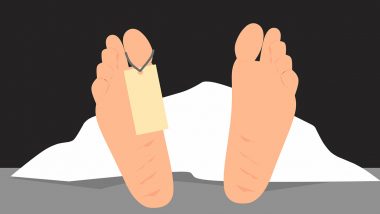Washington D.C. [USA], Oct 14: From starting the day with the sound of the alarm, until finally hitting the bed at night, we are constantly surrounded by noise. It's everywhere, from people talking in the office to the never-ending traffic jams, to road constructions.
According to the World Health Organization (WHO), one in five people are regularly exposed to noise levels that could "significantly" damage their health.
Environmental noise is among the "top environmental risks to health" and people are most affected by road traffic noise.
Excessive noise can affect blood pressure and cause hypertension, which can lead to heart attacks and mortality from cardiovascular disease. Children's cognition and health are also affected. Mumbai Traffic: How Do Traffic Jams in One of the Most Liveable Cities of India Affect Children?
The organisation addressed noise levels, including considerations on new noise sources such as wind turbine and "leisure noise," which includes music at nightclubs, pubs, fitness classes, live sporting events and concerts and through personal listening devices.
Researchers recommended reducing average noise levels of road traffic below 53 decibels, the equivalent of hearing a dishwasher in the next room. At night, 45 dB of road traffic noise was recommended. For railways, aircraft and wind turbine noise, an average level of 44 dB to 54 dB was recommended, depending on the source. Noise from aircraft at night is suggested to be limited to less than 40dB, as higher levels of aircraft noise are associated with adverse effects on sleep.
Leisure noise -- which is usually desired -- was recommended to be kept at an average of 70 dB. Damages to hearing outcomes can be tied to the source, and therefore we have a higher tolerance for desired noises.
Noise pollution is very diverse. Each source has different characteristics of loudness and consistency. The health effects of each type of noise pollution therefore vary.(ANI)













 Quickly
Quickly




















